
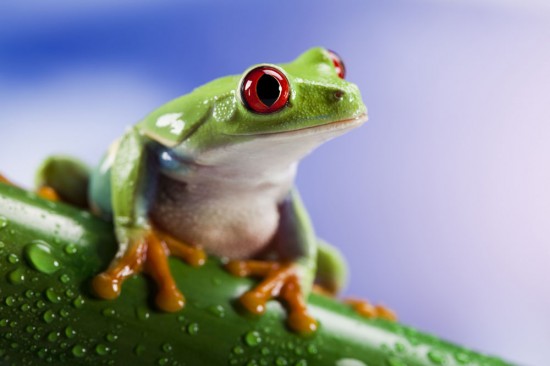
If you’re considering keeping a frog or frogs as pets there are a few things you need to think about before you take the plunge and take ownership of a new amphibious friend. Many experts suggest that giving a home to a frog isn’t that different to getting a cat or a dog, and you wouldn’t get one of those without thinking about it first. Just because a frog is small, doesn’t mean it will be easy to care for.
Amphibians are specialist pets so as well as being prepared yourself, you need to know who’s going to look after your pet if you go on holiday. Do you have a friend or family member who’s willing to take care of your frog? Keeping a frog is very different from keeping a goldfish – they won’t survive for a few days on their own with a feeding block left in the tank, and they can live a long time. Some can live up to 15 years and one European Common Toad was recorded as getting to a grand old age of 40!
Some countries may even insist that you have a license in order to keep a frog. In Australia for example, there are very heavy fines imposed on those who keep frogs without the appropriate license. It’s therefore wise to check whether you need any paperwork in place before you get your first frog.
Make no mistake, keeping frogs can involve a lot of work. They need feeding regularly and they won’t settle for food you can pick up at the supermarket. Frogs will enjoy a variety of foods, but some types will enjoy a live bug or two. If you choose a type that eats live insects you have to consider where you are going to buy your bugs, and whether you’d be prepared to have the odd creepy crawly scuttling around the house. Some larger species of frog can even eat mice, which can sometimes be a less-than-pleasant experience. Those types that do feed on insects and mice will need their tank cleaning out regularly and thoroughly to prevent disease.
Unlike other amphibians, frogs have the unique ability to adapt to most situations and environments and can live long and healthy lives in a terrarium or a pond, as long as they are given all of the care and attention they need.
If you’re setting up a tank it will need some thought. Firstly, the housing you choose will depend on the natural habitat of the species you opt for. Some frogs can injure themselves by jumping against the walls of a new tank and it also needs to be completely waterproof. It may therefore be wise to purchase a tank from a reputable reptile outlet rather than try and build one yourself.
Wherever you choose to buy your frog, be it an experienced breeder or established reptile, fish or amphibian store, they will advise you on the best tank set up for your new pet and there are four main types of environment for frogs. These include:
There are many different species of frogs to choose from, some of which are more appropriate for the first-time frog keeper than others. For example, some pet shops sell a variety known as ‘pixie frogs’. These tiny creatures look adorable and like they would make the perfect pet. However these tiny amphibians are young African Bullfrogs (Pyxicephalus adspersus) that grow to be huge and feed on mice. The name ‘pixie’ is taken from the Bullfrog’s Latin name and in fact these animals can grow to 24cm and weigh up to two kilograms.
Poisonous frogs are definitely NOT for beginners either. Even though these types generally lose their toxicity in captivity, they demand a high degree of very specialist care and are delicate animals. Large frogs are also not recommended for first-time keepers. They can bite and they are not the most active animals so may be a little dull. The only exception to this may be the Pac Man Frog, which isn’t hugely active, but is very hardy and not susceptible to as many illnesses as some other species.
African Dwarf Frogs are small, dynamic and very cute and compare to goldfish in terms of difficulty of care. These animals don’t eat live insects and although they can take a couple of weeks to acclimatise to a new tank, they are relatively easy to care for.
Similarly, the Oriental Firebellied Toad makes the ideal starter frog for someone who wants the full terrestrial frog experience. They will survive well on crickets, providing they also receive a vitamin supplement, they’re quite active and don’t get very large. Also, unless you live somewhere very hot or very cold, you won’t need a thermostat for the terrarium. You will need a friend who can handle crickets though, because you will need a break at some point!
If you’re looking for a tree frog, the White’s Tree Frog is a great place to start. They seem to have a charming and amusing personality and although some children can tire of them quickly as they can spend a lot of time sitting around, this is one little frog that will tolerate being handled and as such has been the first choice for many frog-lovers.
 Canine Cushings Disease
Canine Cushings D
Canine Cushings Disease
Canine Cushings D
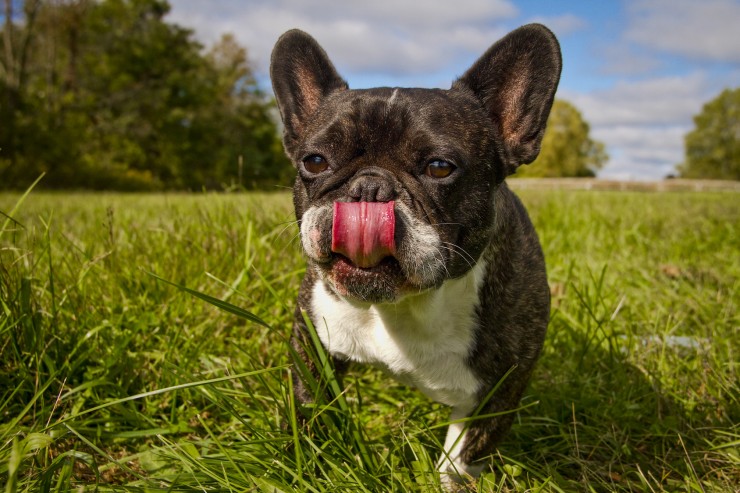 Things Every New Dog Owner Needs To Know About Their Pet
Things Every New
Things Every New Dog Owner Needs To Know About Their Pet
Things Every New
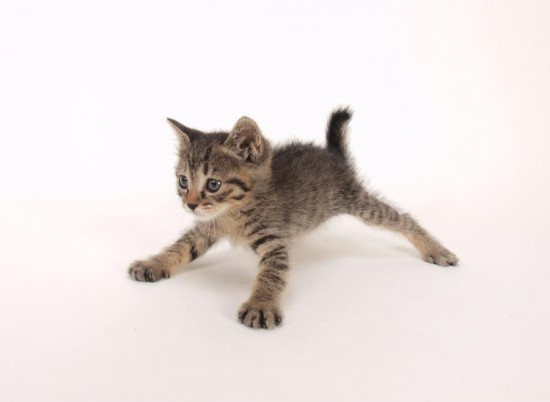 How To Exercise Your Cat
How To Exercise Y
How To Exercise Your Cat
How To Exercise Y
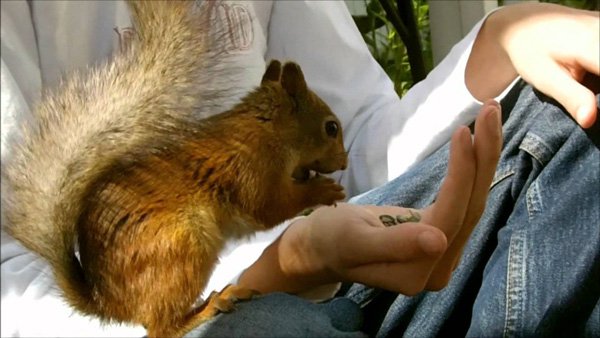 The Regulatory Authority For The Recall Of Foods
The Regulatory Authority For The Recall Of Foods
The Regulatory Authority For The Recall Of Foods
The Regulatory Authority For The Recall Of Foods
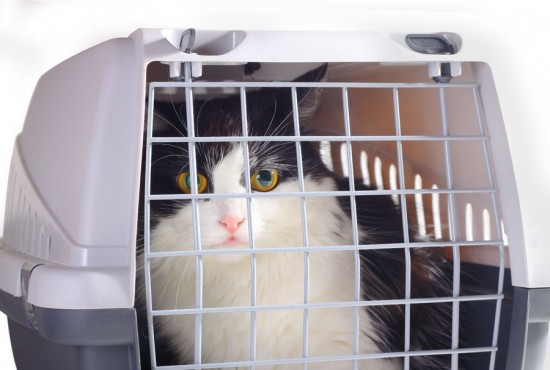 Travelling By Car With Your Cat
Travelling By Car
Travelling By Car With Your Cat
Travelling By Car
Copyright © 2005-2016 Pet Information All Rights Reserved
Contact us: www162date@outlook.com